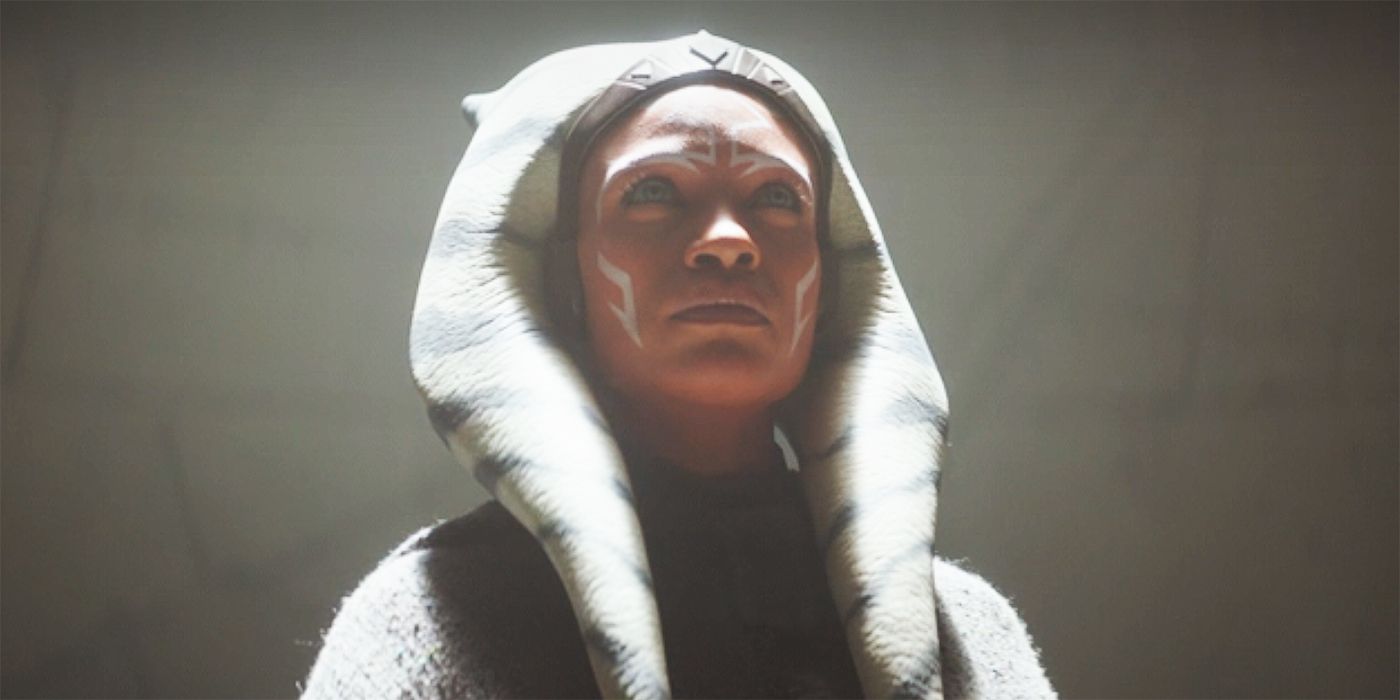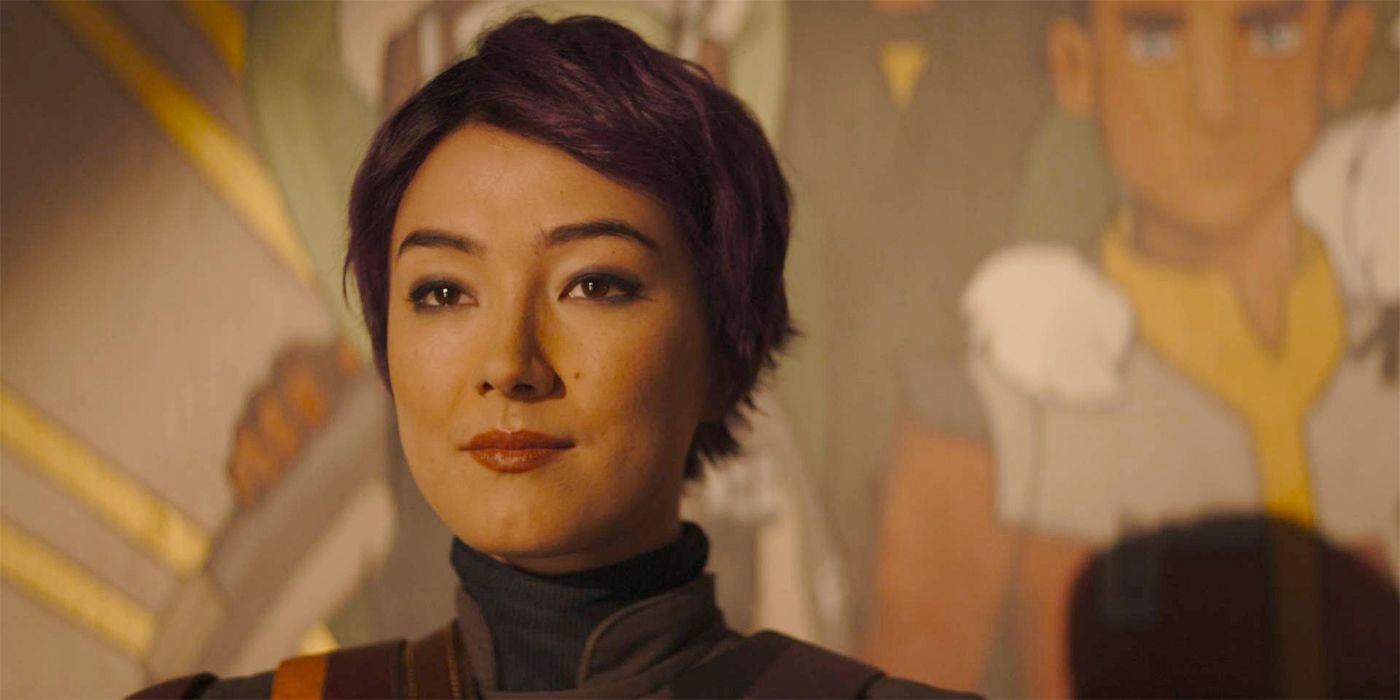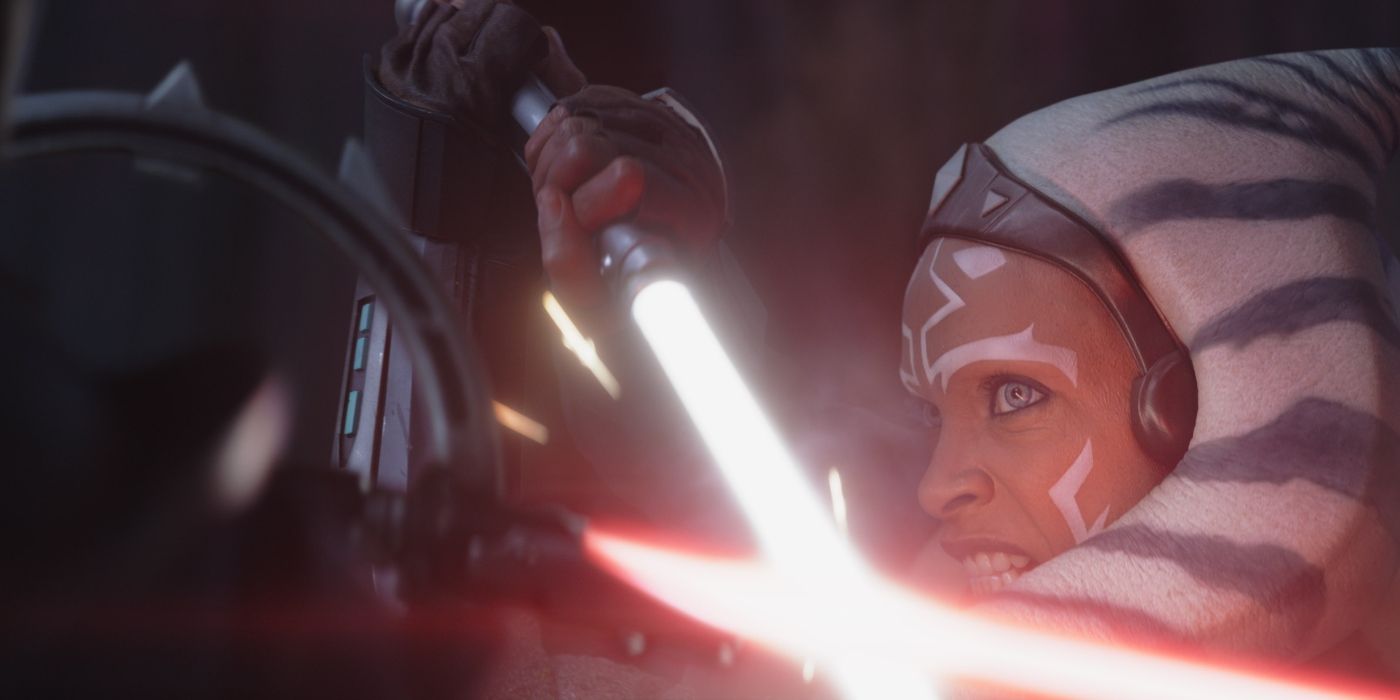The Essence of Star Wars: A Historical Look
From its inception, Star Wars was a unique blend of classic adventure serials, Japanese samurai films, and Westerns. George Lucas’ Original Trilogy may not have been bursting with intricate plots, but it was characterized by meaningful emotional bonds and captivating details that truly set it apart. Back in 1977, space operas with wizards brandishing luminous energy swords were groundbreaking. However, the series has seen its fair share of hand wave-y details that, while acceptable in moderation, can become significant distractions when too prevalent.

Recurring Plot Issues: Ahsoka’s Fall from Grace
The Star Wars narrative has often been forgiven for its plot holes, especially when delivered with genuine emotion and solid cinematic language. However, as highlighted in divisive titles like the Prequel Trilogy, The Last Jedi, and notably in Ahsoka, plot devices seem to overshadow genuine character development. Dave Filoni’s approach with the Ahsoka series appears to focus more on advancing a fragmented plot rather than fostering emotional depth. The series also seems heavily reliant on nostalgia, echoing issues prevalent in ‘The Rise of Skywalker’.
Choosing Convenience over Cohesion

Ahsoka’s structure suffers from too many parallels to ‘The Rise of Skywalker’, characterized by a sense of random plotting, easy solutions, and an overreliance on nostalgia. The series’ decision to use Grand Admiral Thrawn as a plot-moving MacGuffin reveals a plot overly centered on finding him, diluting the potential depth of the series. This, in many ways, mirrors how ‘The Rise of Skywalker’ dealt with Rey’s lineage and her search for Emperor Palpatine.
The Art of Show, Don’t Tell: Where ‘Ahsoka’ Misses the Mark
Despite having iconic characters like Ahsoka Tano, Sabine Wren, and Hera Syndulla, the series falls short in diving deep into their emotions. It tends to overtly spell out their feelings rather than subtly showcasing them. This overt exposition makes the storyline appear rushed and neglects the deeper emotional motifs the series could explore. Comparing this to the renowned Star Wars: Rebels, one can identify how Ahsoka’s fast pace sacrifices character development.
Nostalgia’s Double-Edged Sword

Leveraging nostalgia can be a powerful tool if done right. However, ‘Ahsoka’, similar to ‘The Rise of Skywalker’, often relies on it as a crutch, undermining its narrative potency. While the return of familiar faces and themes can be heartwarming for die-hard fans, it can also make the content appear unoriginal and stale, especially when these elements don’t contribute significantly to the narrative.
Looking Ahead: Ahsoka’s Potential Redemption
Ahsoka still has the potential to redeem itself in its latter half. With Star Wars having such a rich universe and history, it’s crucial to balance nostalgia with fresh, innovative storytelling. For now, the series reflects the shortcomings of ‘The Rise of Skywalker’, sacrificing depth for surface-level appeal. One can only hope that it will learn from its mistakes and truly honor the legacy of Star Wars in future episodes.









